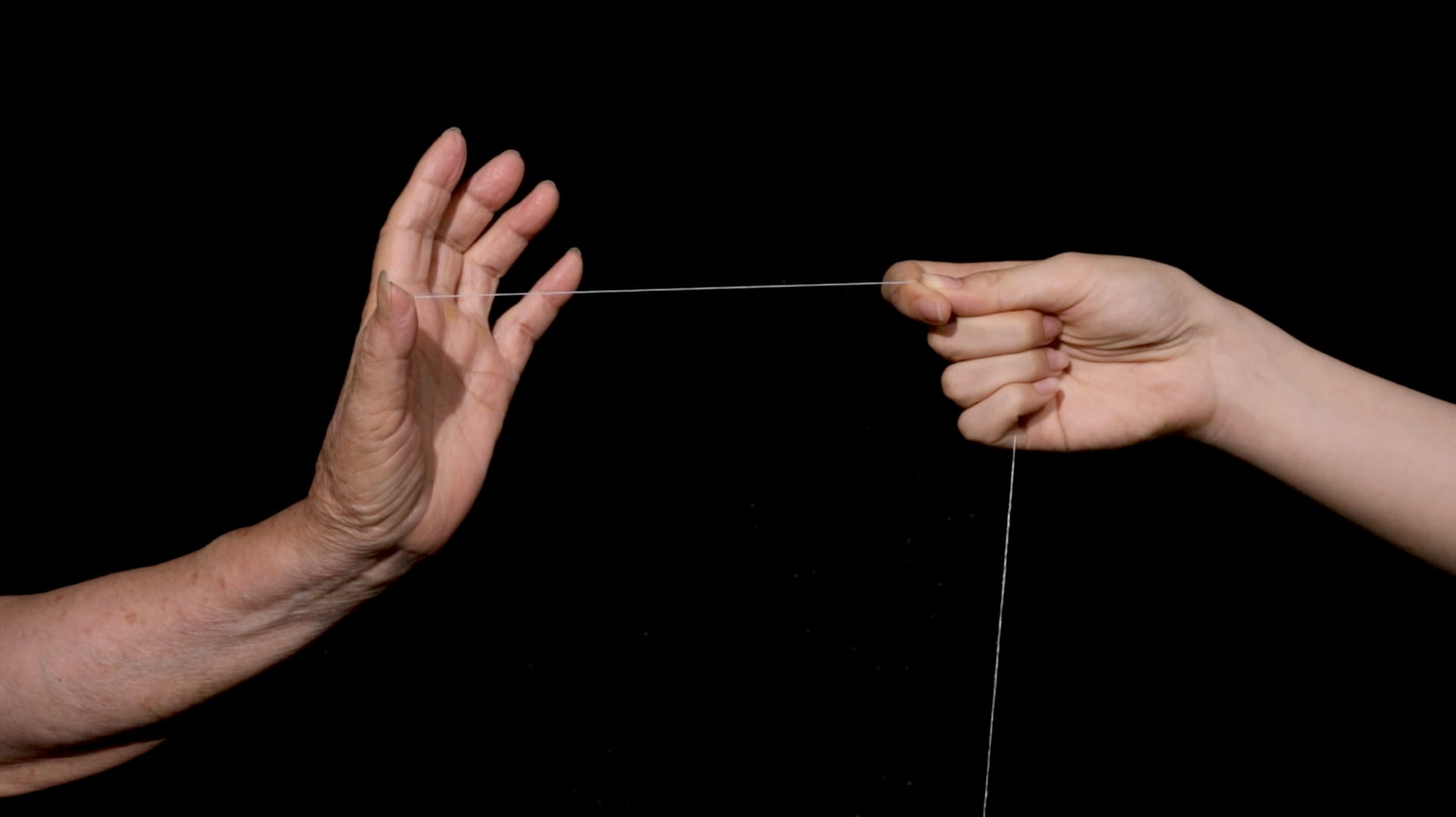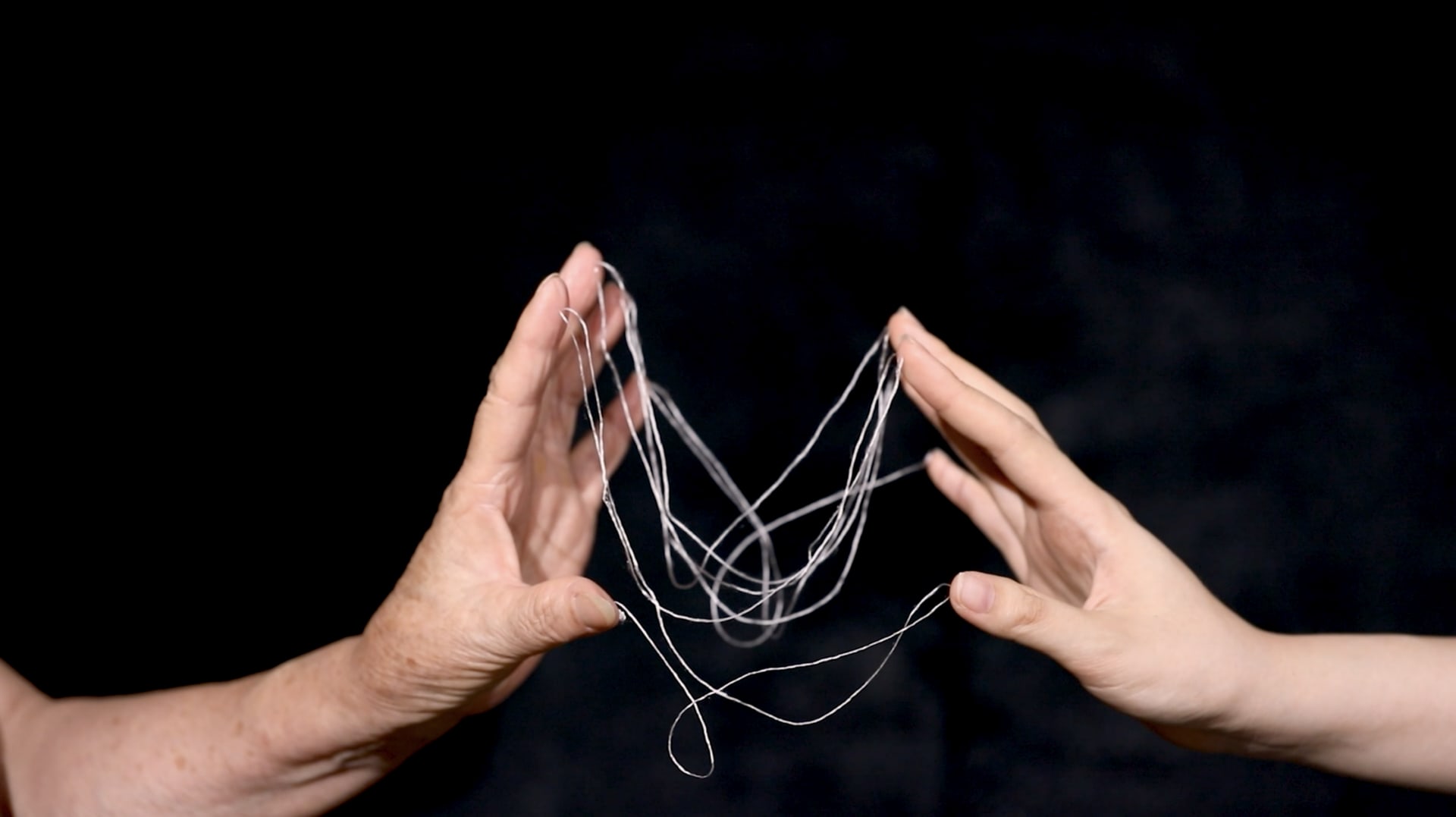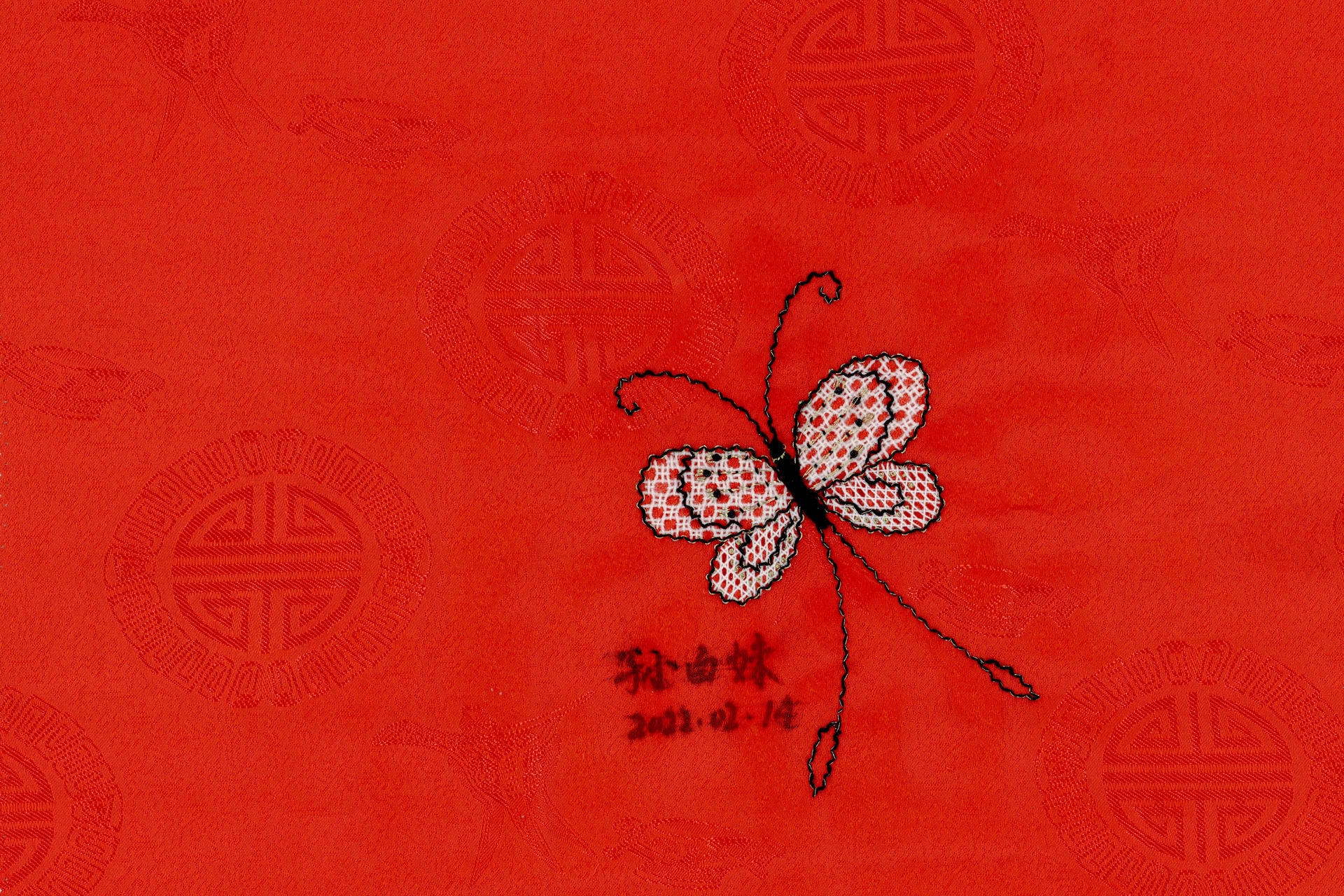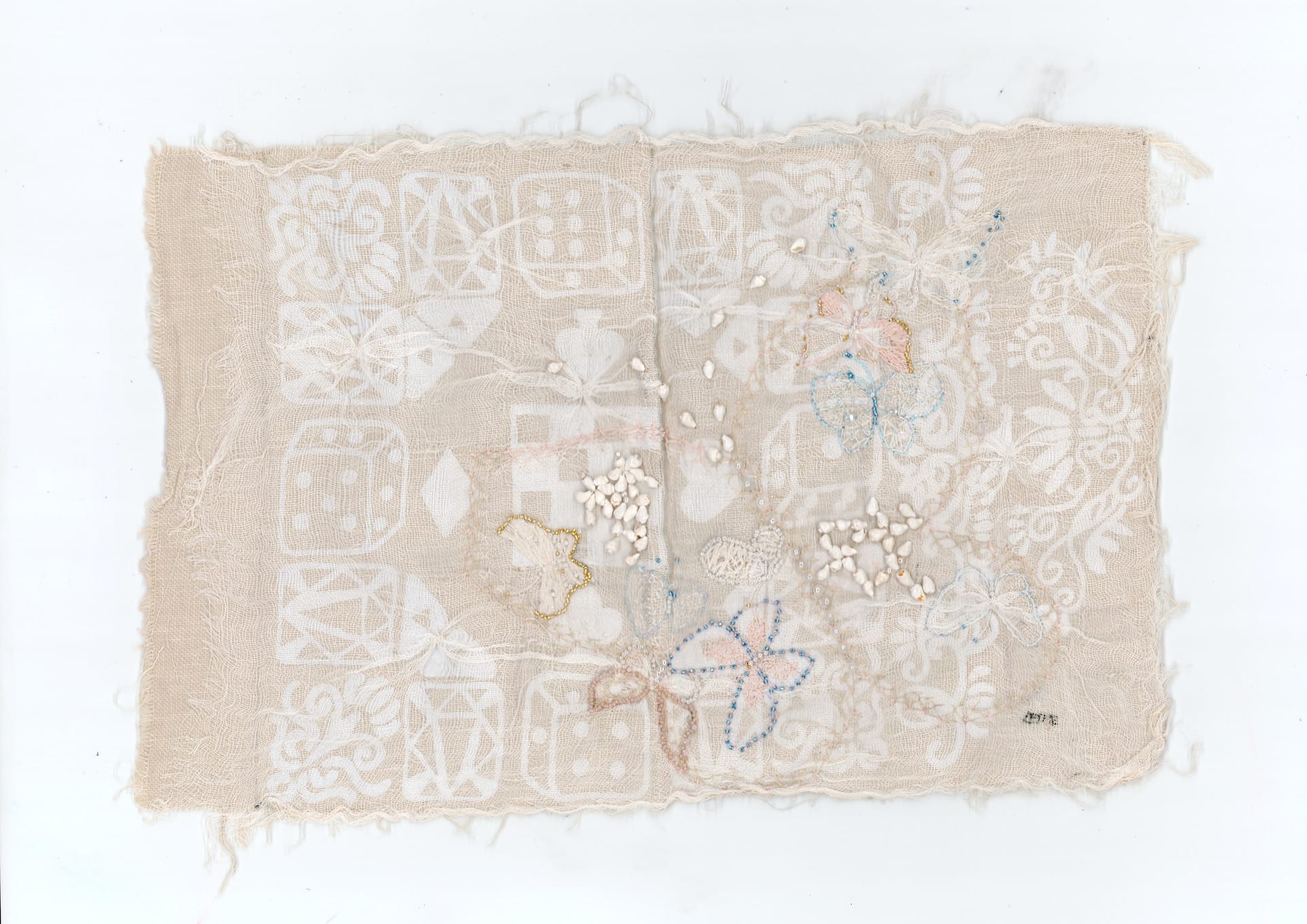Zhuo Yao ( b.1994) is a Chinese artist based in London and Suzhou. Her artwork Ink-Rhyme (Chinese:墨韵) was collected by French President Emmanuel Macron and his wife Brigitte Macron in 2019; the artwork Embroidery (Chinese:绣) was collected in the Chinese Silk Museum in 2022.
姚卓(生于1994年)是一位居住在伦敦和苏州的中国籍艺术家。她的艺术作品《墨韵》于2019年被法国总统马克龙及其夫人收藏;作品《绣》于2022年被收藏于中国丝绸博物馆。
Academic Achievement
2021 - 2023 Royal College of Art – MA Sculpture
2013 - 2017 California State of University, Long Beach – BFA Graphic Design
Selected Group Exhibitions
2023: Hung, Drawn and Quartered, Standpoint Gallery, London UK
2023: Rush to the Wilderness, M P Birla Millennium Art, London UK
2023: The Fading Spaciousness, Bargehouse Gallery, London UK
2022: London Craft Week, OXO Tower Wharf, London UK
2022: Sustainable China, the 20th Anniversary of the London Design Festival, London UK
2021: The Way of Craft, the First Su Zhou Craft Biennial, Suzhou China
2019: Jinxiu Zhonghua, the National Art Museum of China, Beijing China




































